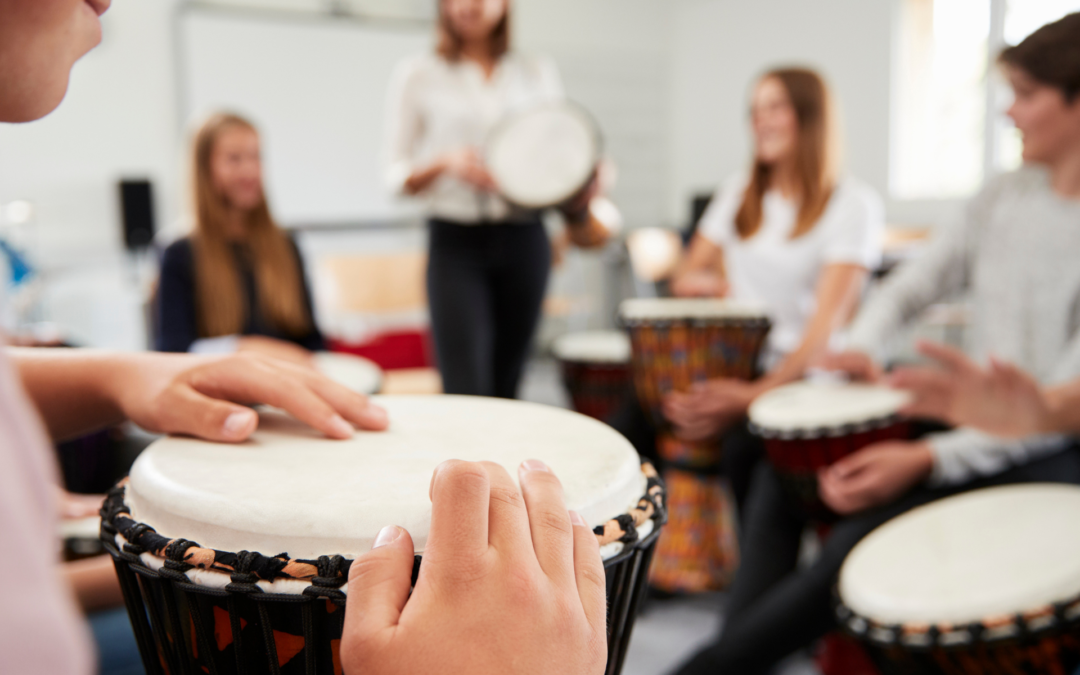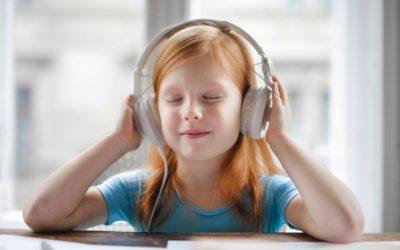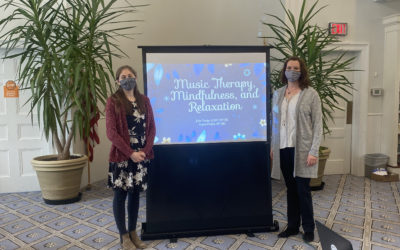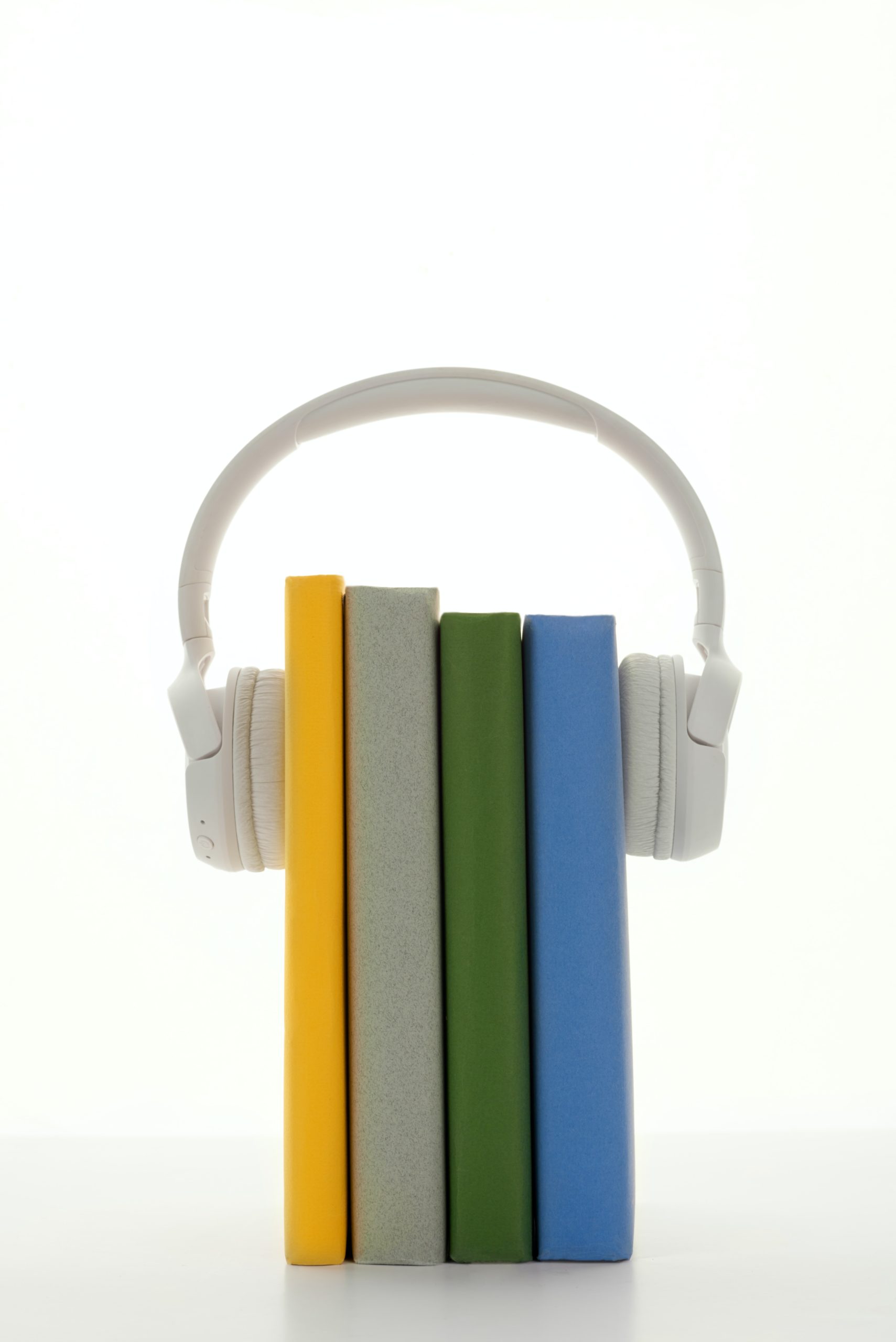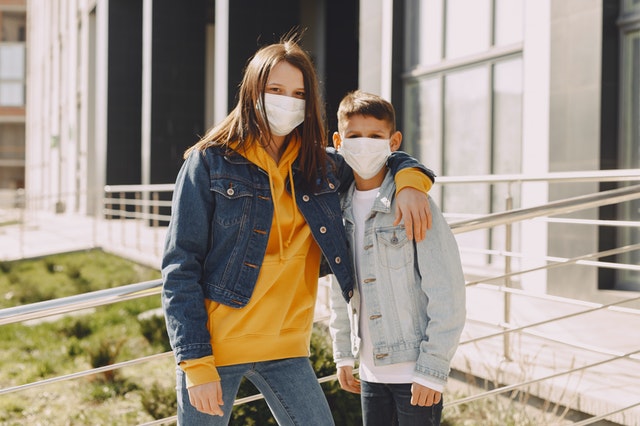Blog Written By Rebecca Szalay Do you ever notice when you are feeling down that you gravitate towards music that reflects that mood? How about when you’re excited? Do you change the music if a slow or sad song comes on because you feel happy? Music has the ability...
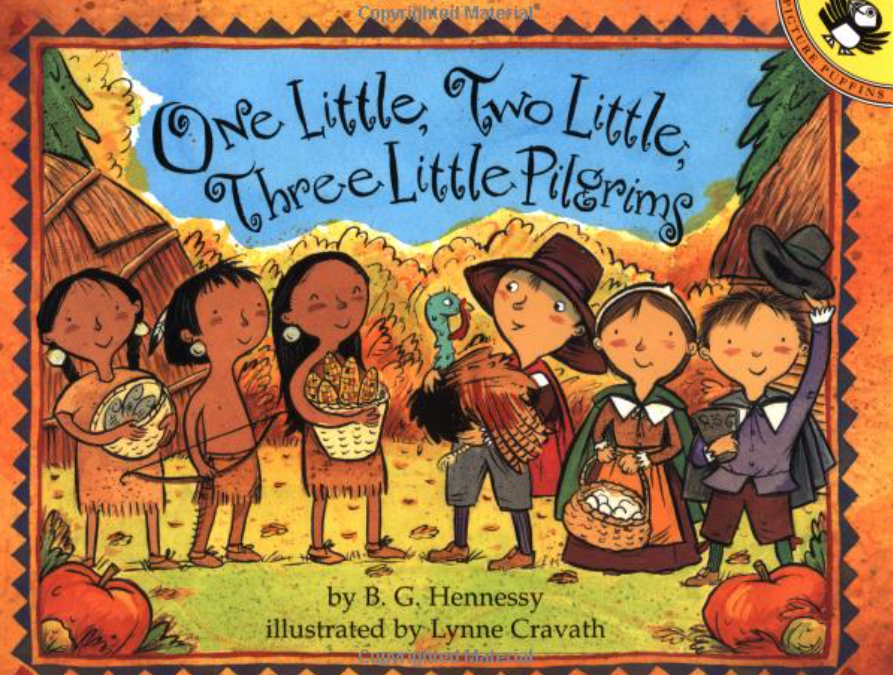
Book: One Little, Two Little, Three Little Pilgrims
Blog post by Kayla Davitt, MT-BC
Song performed and recorded by Kayla Davitt, MT-BC
It’s that time of year where families are supposed to be gathering together at table, sharing food and laughter, and relaxing within the company of loved ones. For most of us, Thanksgiving celebrations will look very different this holiday season thanks to COVID-19. Families are being told it’s better to see only those in their immediate household. Large gatherings of people who do not live in the same household are frowned upon. For adults and children alike, these changes can be hard to digest. Young children may not understand what is going on in the world, but One Little, Two Little, Three Little Pilgrims by B.G. Hennessy will allow your child to focus on the meaning behind Thanksgiving and to be thankful for everything in their lives.
This particular storybook is geared more towards young children. It is a piggy-back song to the well-known tune of “One Little, Two Little, Three Little Indians.” Your child can engage in practicing a variety of skills such as counting, building vocabulary, and answering questions. While reading or singing this song to your child, here are some suggestions to keep in mind:
Practice counting numbers 1-10
There are many chances in this storybook for your child to practice counting from 1-10. It also gives them a chance to work on number sense by pointing to a different pilgrim, Wampanoag, or turkey while counting.
Build your child’s vocabulary
There are a variety of animals, vegetables, and tools presented in the colorful illustrations by Lynne Cravath. Encourage your child to identify different items throughout the book by pointing to them or saying the words out loud. This allows your child an opportunity to build on their speech production as well as to build their vocabulary.
Answer questions
Don’t be afraid to ask your child questions about anything in the storybook: How many pilgrims do you see? What are the Wampanoag doing now? Will they come together to give thanks for all they have? Young children may not be able to answer abstract questions, but encourage them to think outside of the box.
One of our music therapists, Kayla Davitt, has performed and recorded this well-known tune. Feel free to play this recording for your child and sing along with the storybook.
One Little, Two Little, Three Little Pilgrims
We hope you enjoy using this storybook in your child’s schooling adventures, whether they be attending in-person, remotely, or both!
If you wish to purchase this book on Amazon, click here.
Happy reading!
The post “Book: One Little, Two Little, Three Little Pilgrims” was originally published on Upstate Music Therapy Center,


